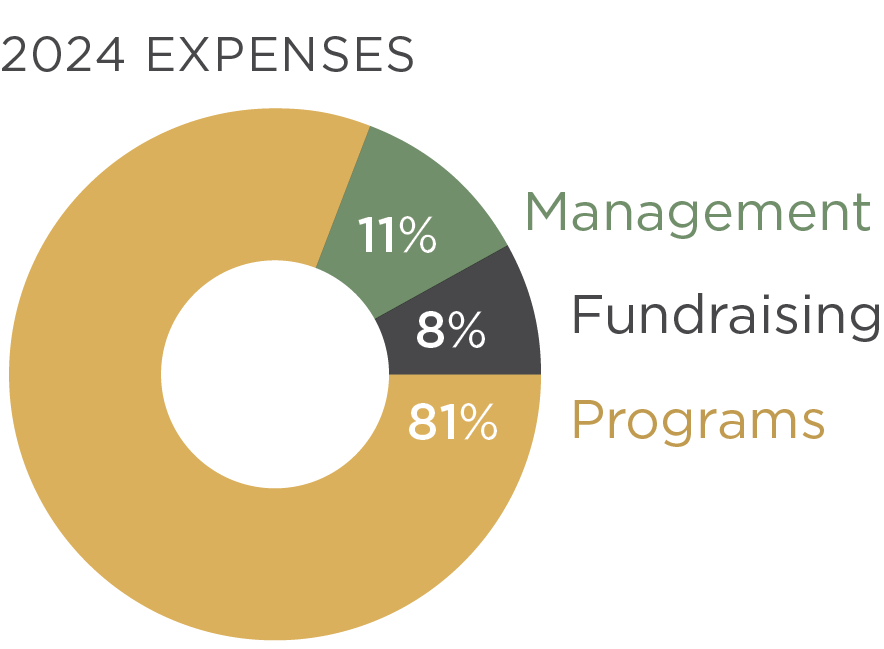Roadmap to
Shelter Planting
So you want to plant a shelter?
We’ve assembled the following resources to aid your journey in starting a shelter program in your area. Explore these tools to find out more about this field and what it takes to create a qualified residential program for survivors of exploitation.

1.
Assess your calling
- Download and explore our Discernment guide, “Discerning your ‘Yes’,” to learn more about how God is calling you to service.
- Take the Grit Scale survey, designed by psychologist Angela Duckworth, to find out if you have the passion and perseverance necessary to be a shelter-planter.
- Visit our Human Trafficking Resources page to find books, documentaries, and reports that will give you a glimpse at what this nefarious act really looks like.
2.
Understand the need and existing resources
- Use this Trafficking Shelter Needs Assessment tool to survey your community and determine how you might fill in the gaps of survivor care.
- Visit our Shelter Landscape Map for a current list of shelters that exclusively serve survivors of sexual exploitation in the US.
- Contact other shelters and speak with their leadership to understand their journey to opening a shelter.
3.
Build a solid organizational foundation
- Are you establishing a new nonprofit? If yes, consider enrolling in our Ministry Fundamentals training to ensure that you are building a solid base of leadership, policies, staffing, budgeting, fund-raising, and much more.
- If you intend to be a licensed facility, start the licensing process within your state. If unlicensed, check to see if your state has put standards in place for trafficking shelters.
- Do you have a clear definition of your shelter type and service population? If not, we recommend you work through these free video courses: Continuum of Care and Defining Your Shelter Program.
- Start building your referral base. Read Provider’s Guide to Working with Law Enforcement Referrals of Human Trafficking Victims.
- For questions about staff compensation, funding sources, case management, referral and intake, and other areas where your peers have shared their knowledge, visit our Research Library.
4.
Assemble your leadership team and invest in their training
-
When your agency is within 4-6 months of opening your doors, we recommend you enroll in the Triune Care Model training that best aligns with your shelter:
- TCM for Emergency Care – for agencies serving adult victims of sex trafficking in a short-term (0-30 days) residential setting
- TCM for Restorative Care – for agencies serving adult victims of sex trafficking in a long-term (12+ months) residential program
- TCM for Minor Care – for agencies serving minor victims of sex trafficking
These intensive trainings are to equip your team to understand the complex needs of survivors so that you can better define your philosophy of care, approach to services, and programming.

Have a question?
If you have any questions regarding shelter planting, please contact Jeanne Allert at jallert@instituteforsurvivorcare.org




